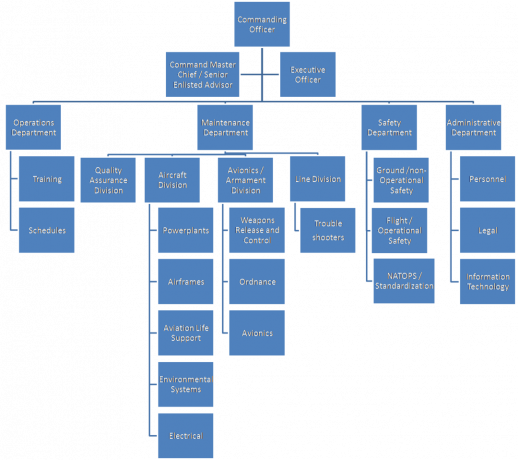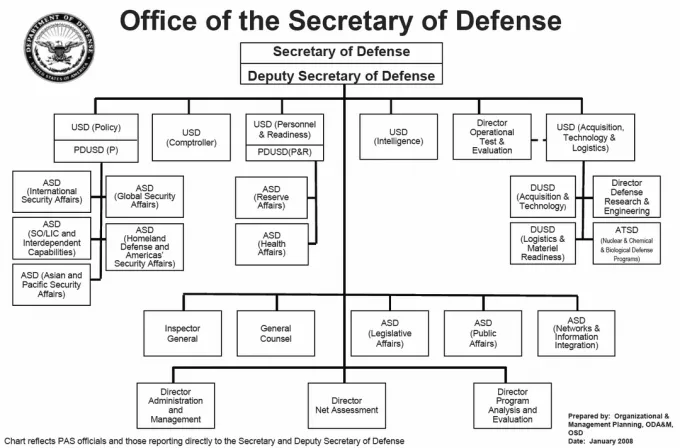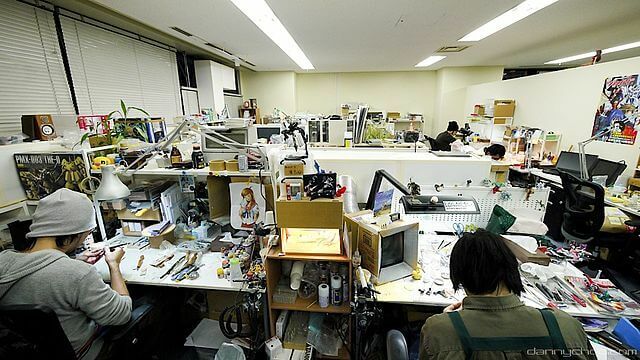Costing It is the sum of those expenses necessary in the elaboration of a product, obtaining a job or service. However, not all expenses give rise to a cost, only those that are part of the company's own activity or those that are linked to the productive or operational activity and are necessary for the development of the business. To better control this, the costs incurred in the elaboration of a product are divided into two groups, direct costs and indirect costs of production.
These costs correspond to resources that participate in the production process but are not physically incorporated into the final product, since they are linked to the process but not to the product as such.
Advertisements
They can be divided into:
- Semi-direct: They are those that do not apply to the product, but to the cost system.
- Indirect: They are not direct to the product or to the system. They are common to two or more products, so they require some distribution criteria.

Advertisements
In this article you will find:
Indirect cost types
- Indirect Production Costs (CIP): are costs necessary for production such as the cost of procurement and manufacturing. The outstanding case of Indirect Labor (MOI), which involves the work of certain people in various products or in different sections of the company. Also, include lost or unproductive time.
- General Indirect Costs (CIG): are the costs not necessary to manufacture, but for the operation of the company such as administrative, commercial and financial.
Currently, due to the fact that production processes are increasingly automated, indirect costs are becoming more relevant in cost accounting for the production line.
Indirect production cost categories
Some of the indirect production costs They are grouped into the following categories:
Advertisements
- Indirect labor: It is made up of all the work carried out by human resources that do not directly intervene in the transformation of matter raw and final product production, such as: production line managers, product designers, plant manager, etc. In some cases these are carried as direct costs and are included as production supervisors, everything will depend on the model applied by the company's accounting to carry these costs.
- Indirect materials: They are those inputs that are not quantified in the final product, they are not even part of it, but without them the production of these goods would not be possible.
They are those that influence production as tools, work equipment, maintenance materials. In this case, there are also cost accounts that carry maintenance items and another for supplies, within the direct costs but these items cannot be included all that can be included in this category of materials indirect.
- Indirect expenses: Are those that emerge from the activities of exploitation or transformation of the raw material, are generated in production or occur due to productive activity, but they are not included in any of the above and can be classified as costs variables.
- Administrative expenses: They come from the activities carried out and are essential for the operation of the company, despite not belonging to the area of production, sale or distribution.
It includes the salaries and social benefits of the general management, other managements and the personnel of different departments in those in which the company is divided, excluding all personnel involved in direct production or in the area of plant.
Advertisements
It also includes the costs of energy, telephone, fax, stationery, water, property insurance, employee insurance, office, maintenance expenses, rentals, in short, all the expenses generated for the integral operation of the business.
- Taxes, permits and patents: This section of costs includes all the payments that the company makes to the treasury or municipalities by concept of diverse legal nature, which affects the development of the business. Here the tributes or taxes contemplated in the current legislation of each country are contemplated.
Calculation methods for allocating non-direct costs
There are several procedures that can be used when allocating non-direct costs among product costs. These will be used depending on whether they are specific costs when you are involved in a single product or common costs when you are involved in several products.
Advertisements
- Division method: It is used in homogeneous production and can be in two ways:
- Pure division: if the costs are specific to the product.
- Division by equivalence: It is distributed to several products using a physical equivalence, by means of which their equivalence is proportionally obtained in economic terms.
- Supplement method: It is applied to companies whose production is heterogeneous, where the products are not equivalent to each other. Two types can be found:
- Elective differentiated by sections: Different work units are chosen within the same section since different activities are carried out in it.
- Cumulative by cost classes: All the costs of the section are applied to a single work unit. Which is the most used method because it measures the activity of the section.
To conclude, it should be noted that it must be taken into account that not all production processes have the same cost allocation system. On the one hand, there are personalized manufacturing orders or by projects, where manufacturing is carried out under orders and contemplates an established time period. Production can be heterogeneous, but enough information is available to allocate costs statistically but safely, directly to the project or to the specific order.
On the other hand, there would be serial manufacturing processes, where production is homogeneous. In this system it is necessary to apply a distribution criterion, which, due to the degree of standardization of the products, makes it easy to choose.
However, in practice, these two production processes can be found mixed, calling themselves mixed production systems. Nowadays, many companies simplify, carrying out specific activities through working groups.


